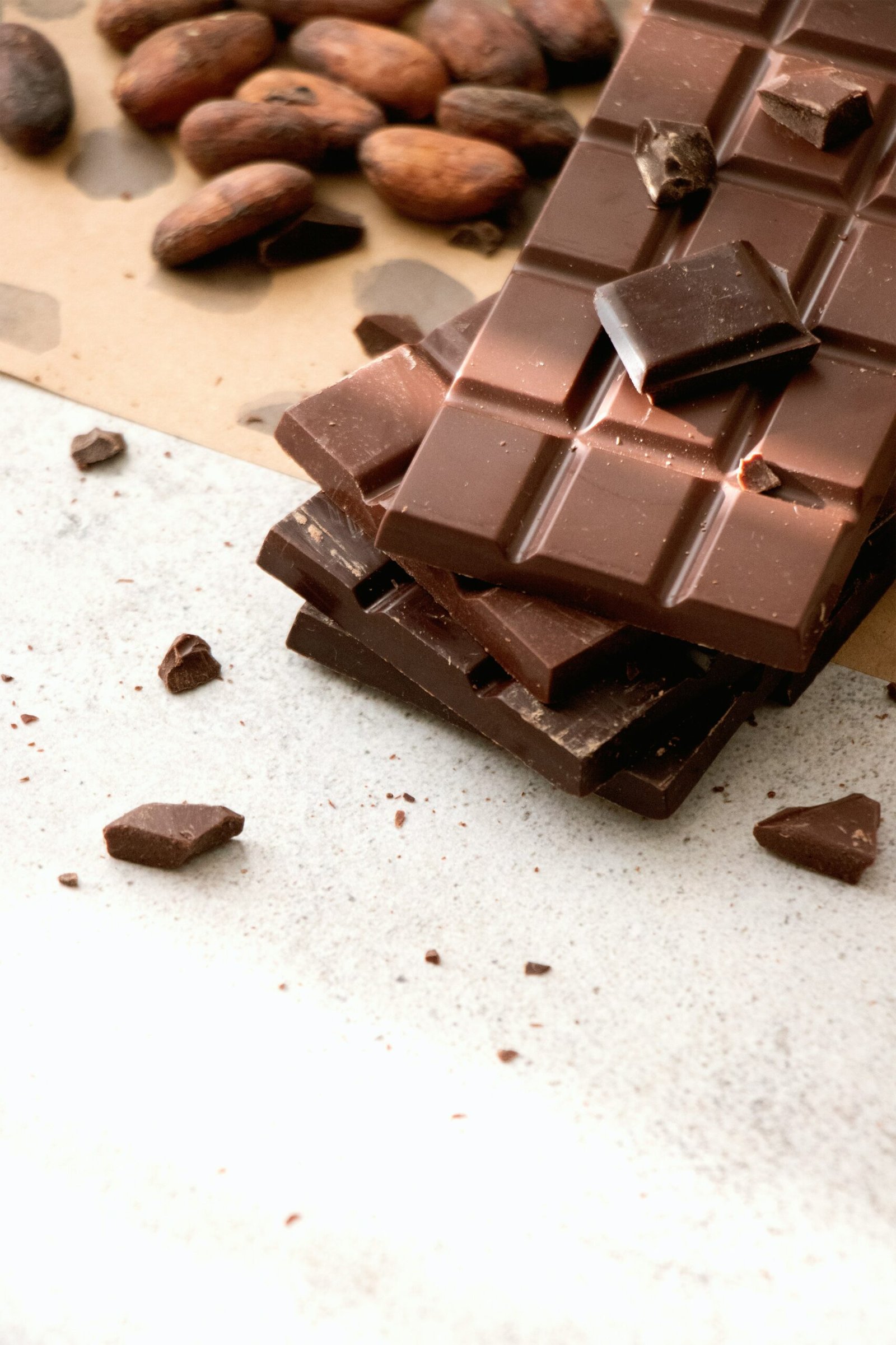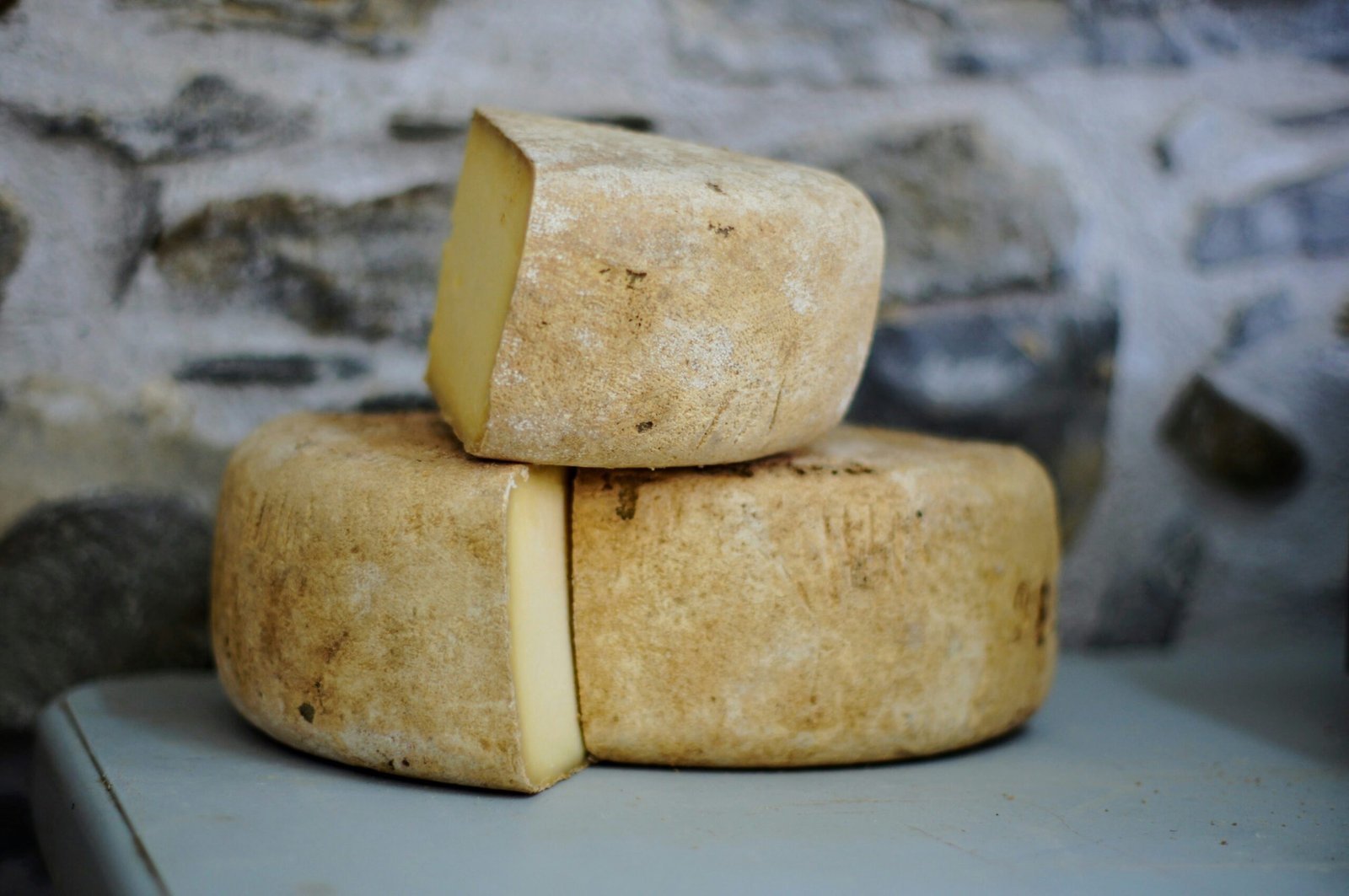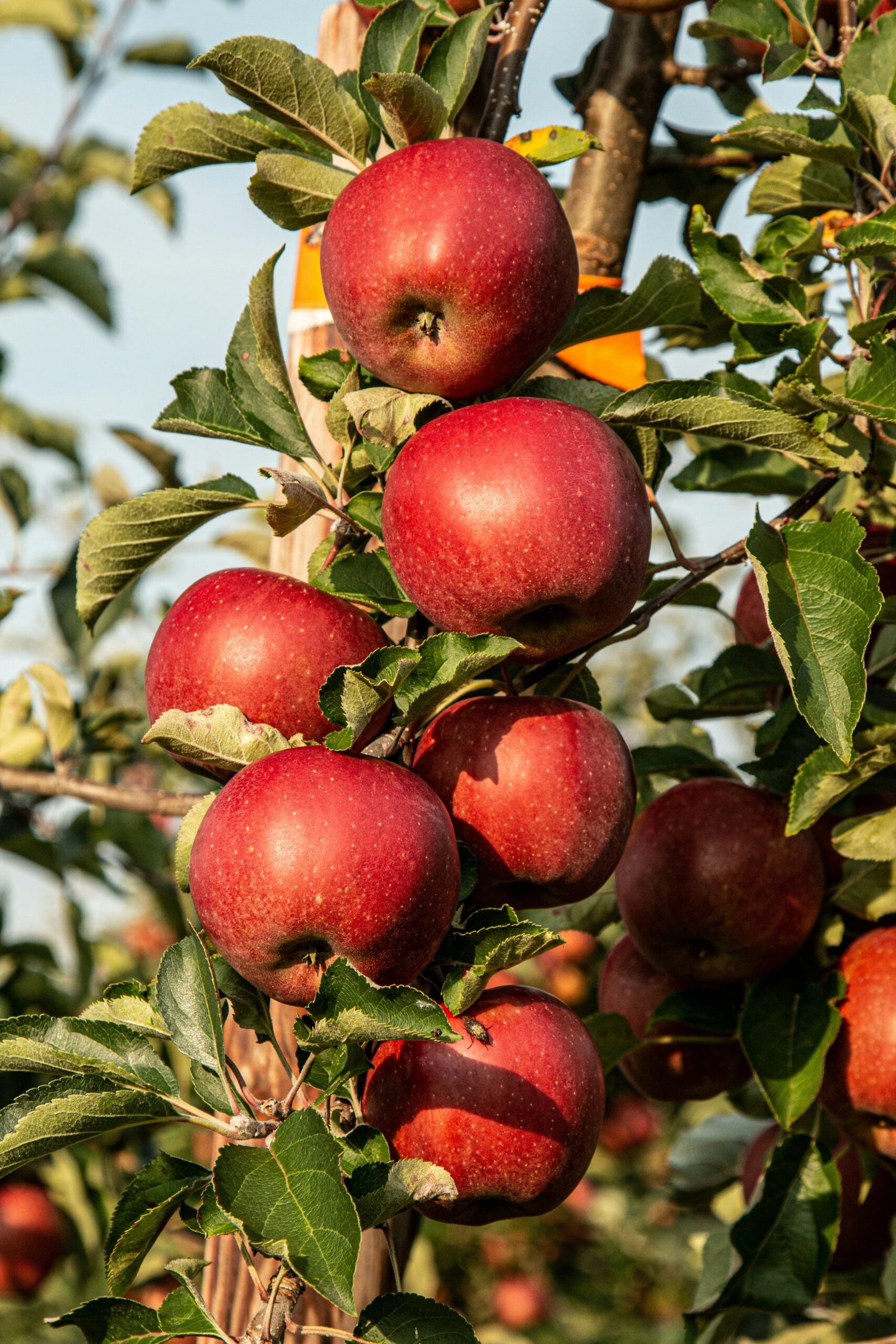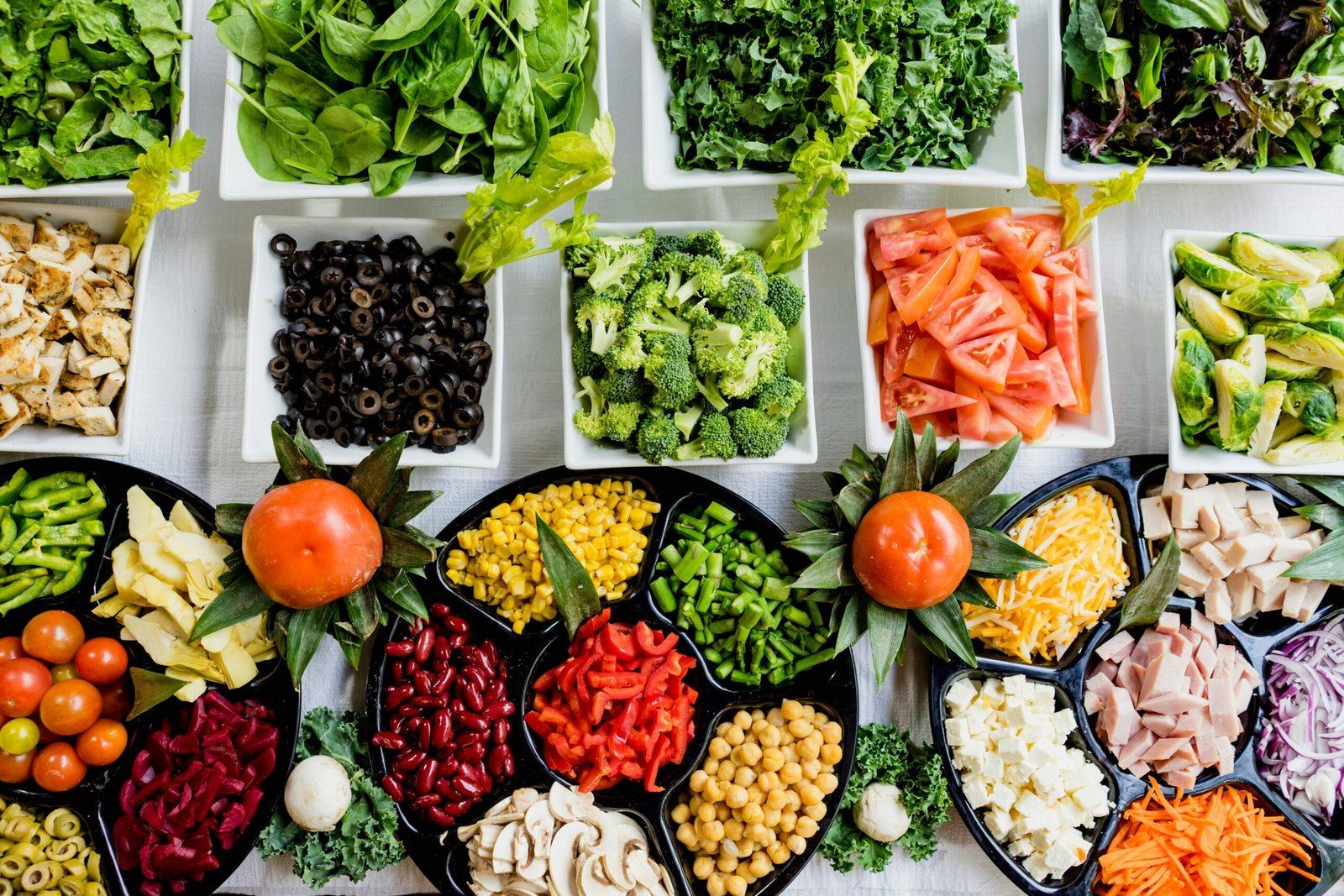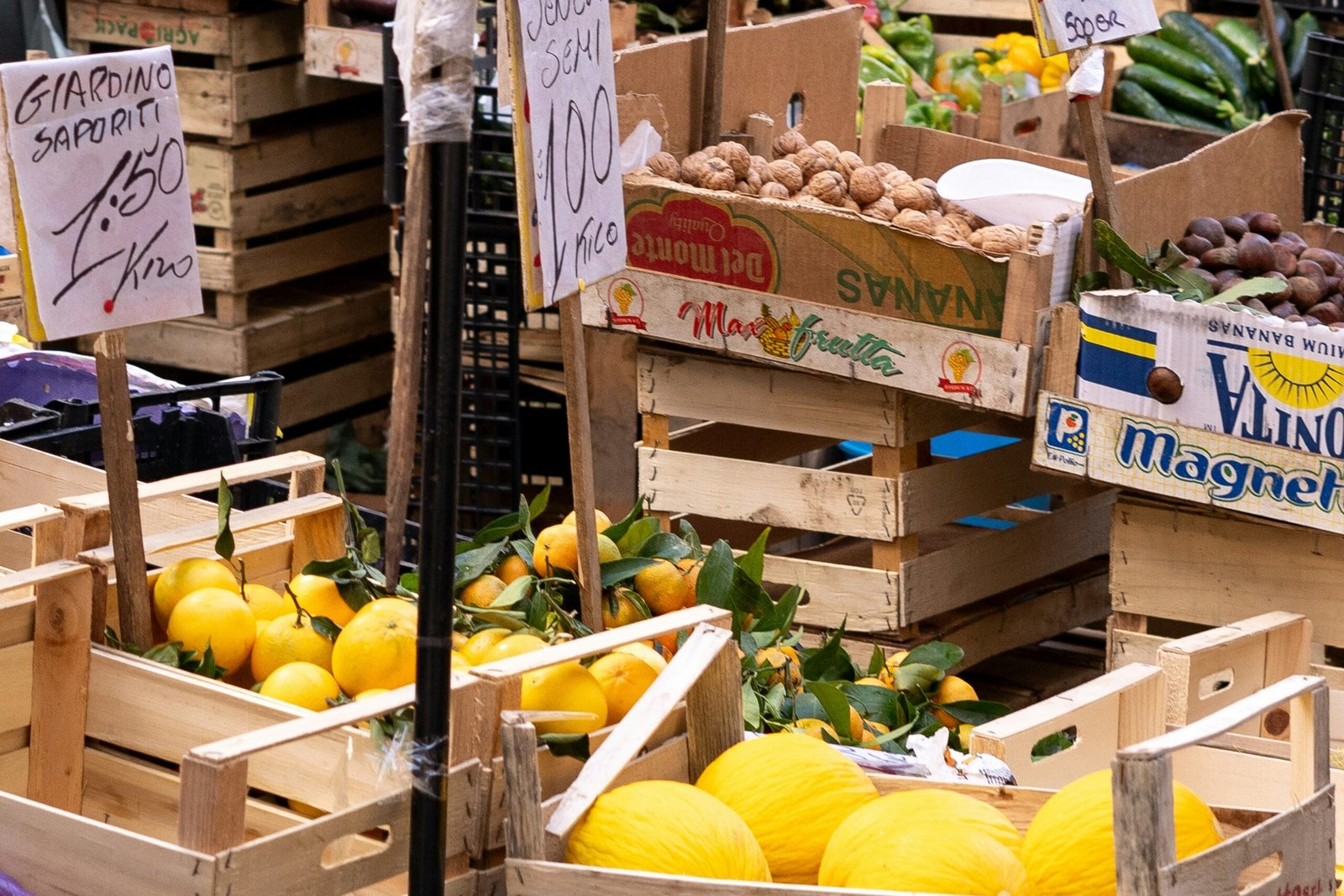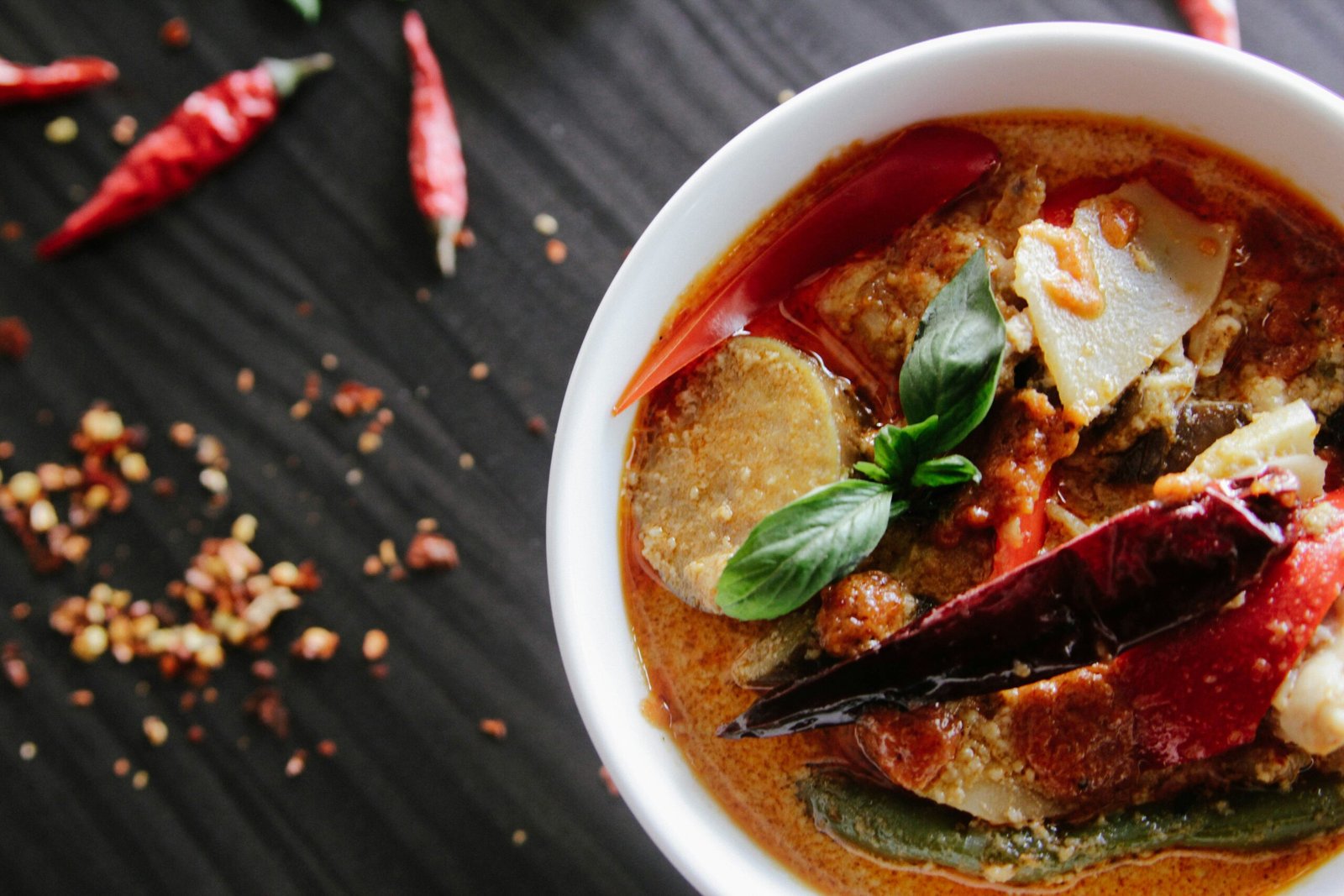The Origins of Chocolate
The word “chocolate” is said to be derived from the Mayan word “xocoatl.” The Mayans, who occupied the Yucatan Peninsula in Mexico starting in the 3rd century, were the first people to unlock the secrets of cacao seeds to make chocolate paste.
The Mayans revered cacao as a sacred plant and believed it had divine origins. They used cacao beans to create a bitter beverage called xocoatl, which was reserved for special occasions and religious ceremonies. The process of making xocoatl involved grinding roasted cacao beans into a paste and then mixing it with water, spices, and sometimes honey or chili peppers.
The Aztec Influence
The knowledge of chocolate-making eventually spread to the Aztecs, who ruled over a vast empire in what is now Central Mexico. The Aztecs adopted the Mayan word “xocoatl” and incorporated it into their own language as “chocolatl.”
Like the Mayans, the Aztecs considered chocolate to be a sacred food. It was believed to have nourishing and energizing properties, and it was often consumed by warriors before battles. The Aztec ruler, Montezuma II, was particularly fond of chocolate and reportedly drank large quantities of it daily.
The Arrival of Chocolate in Europe
Chocolate remained a well-guarded secret of the Mesoamerican civilizations until the arrival of Christopher Columbus in the Americas in 1492. Columbus encountered cacao beans during his fourth voyage to the New World, but he did not fully understand their significance.
It was not until Hernán Cortés, a Spanish conquistador, arrived in Mexico in 1519 that chocolate began to attract attention in Europe. Cortés witnessed the Aztecs’ reverence for chocolate and realized its potential value. He brought cacao beans back to Spain, along with the knowledge of how to prepare the chocolate beverage.
Initially, chocolate was consumed primarily by the Spanish elite, who added sugar and spices to make it more palatable. However, its popularity quickly spread throughout Europe, and by the 17th century, chocolate houses had become fashionable gathering places in cities such as London, Paris, and Vienna.
The Industrial Revolution and Modern Chocolate
The Industrial Revolution in the 18th century brought significant advancements in chocolate production. The invention of steam-powered machinery enabled the mass production of chocolate, making it more affordable and accessible to a wider audience.
In 1828, Conrad Van Houten, a Dutch chemist, developed a method to extract cocoa butter from cacao beans, resulting in the creation of cocoa powder. This innovation made it easier to mix cocoa with other ingredients and paved the way for the production of solid chocolate bars.
In the late 19th century, another breakthrough occurred when Swiss chocolatier Daniel Peter combined cocoa powder with condensed milk, creating the first milk chocolate. This new variety of chocolate was smoother and creamier, appealing to a broader range of palates.
Today, chocolate is enjoyed in various forms and flavors around the world. It is used in desserts, confections, and beverages, and its versatility continues to inspire chefs and chocolatiers to create new and innovative chocolate creations.
From its humble beginnings in Mesoamerica to its global popularity today, chocolate has come a long way. Whether you prefer dark, milk, or white chocolate, it is undeniable that this delectable treat has a rich and fascinating history.

